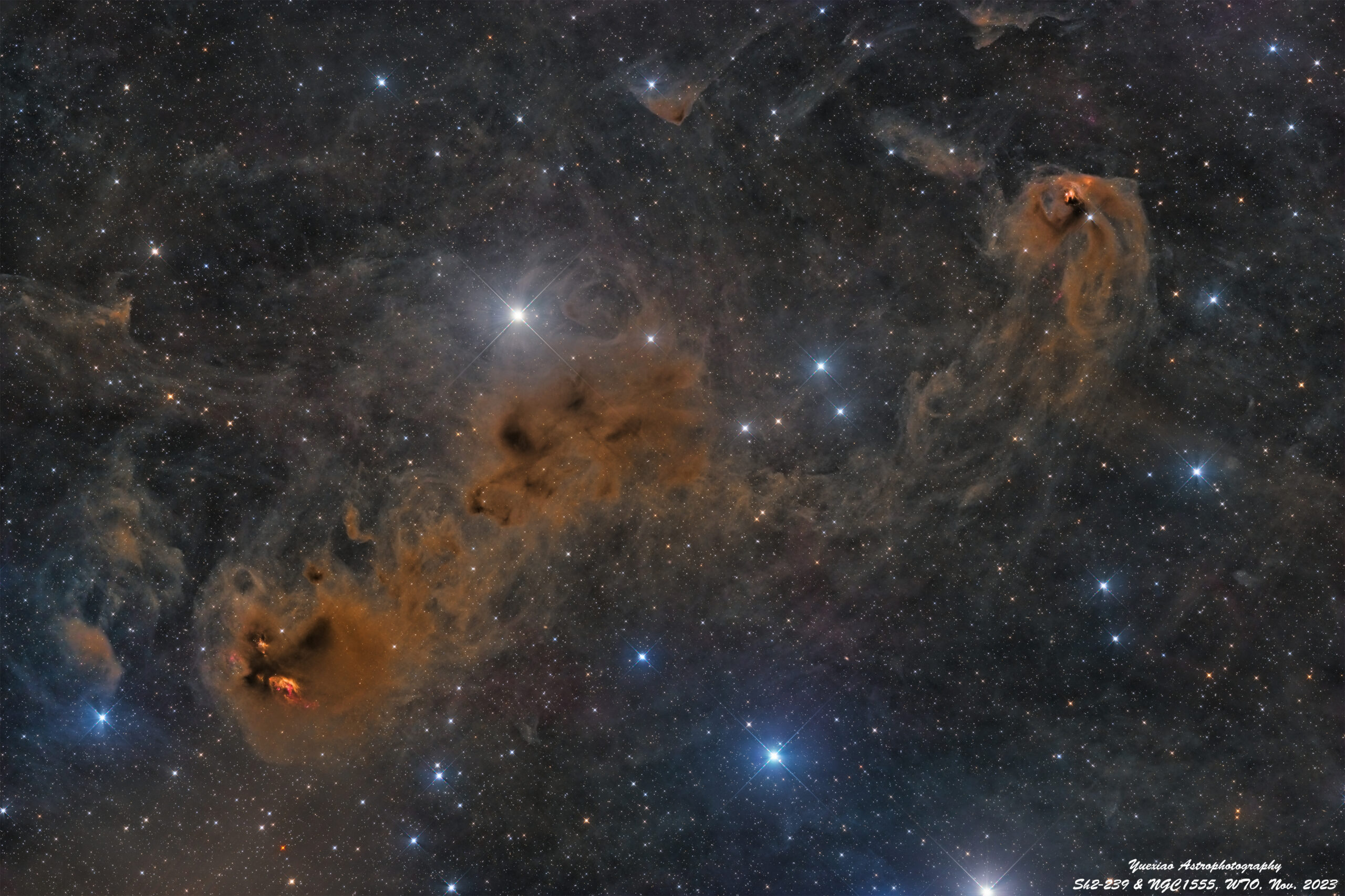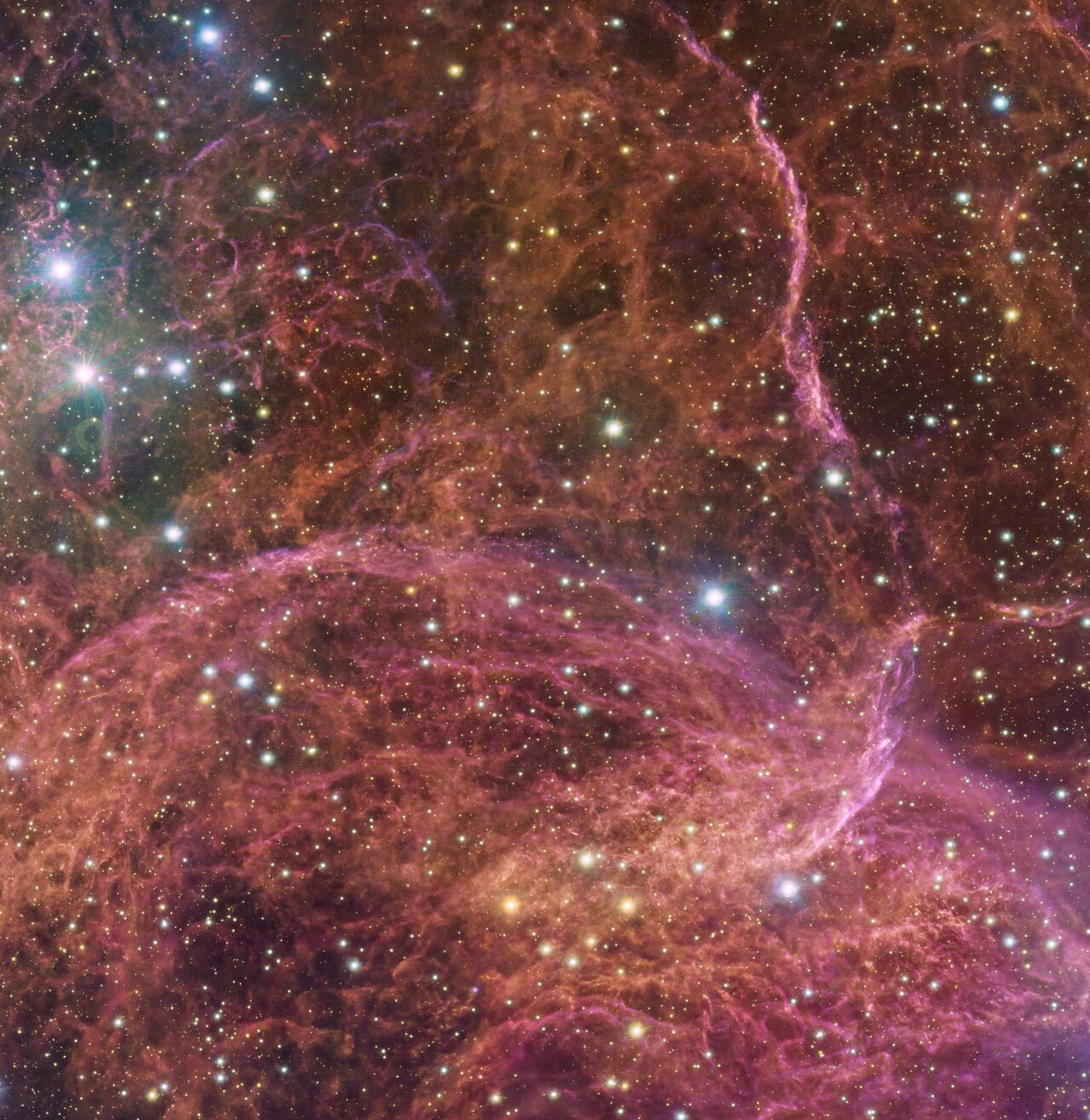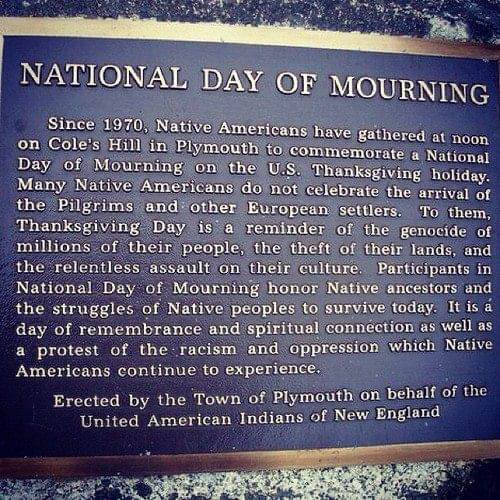Blog
William Henry Joseph Bonaparte Bertholf Smith (November 23, 1893 – April 18, 1973), nicknamed “The Lion“, was an American jazz and stride pianist.
William Henry Joseph Bonaparte Bertholf, known as Willie, was born in 1893 in Goshen, New York. His mother and grandmother chose his names to reflect different parts of his heritage: Joseph after Saint Joseph(Bible), Bonaparte (French), and Bertholf (biological father’s last name). William and Henry which were added for “spiritual balance”. When he was three, his mother married John Smith, and Smith was added as the boy’s surname, after his stepfather.
more...Sculpted by stellar winds and radiation, a magnificent interstellar dust cloud by chance has assumed this recognizable shape. Fittingly named the Horsehead Nebula, it is some 1,500 light-years distant, embedded in the vast Orion cloud complex. About five light-years “tall,” the dark cloud is cataloged as Barnard 33 and is visible only because its obscuring dust is silhouetted against the glowing red emission nebula IC 434. Stars are forming within the dark cloud. Contrasting blue reflection nebula NGC 2023, surrounding a hot, young star, is at the lower left of the full image. The featured gorgeous color image combines both narrowband and broadband images recorded using several different telescopes.

Donald “Duck” Dunn (November 24, 1941 – May 13, 2012) was an American bass guitarist, session musician, record producer, and songwriter. Dunn was notable for his 1960s recordings with Booker T. & the M.G.’s and as a session bassist for Stax Records. At Stax, Dunn played on thousands of records, including hits by Otis Redding, Sam & Dave, Rufus Thomas, Carla Thomas, William Bell, Eddie Floyd, Johnnie Taylor, Albert King, Bill Withers, Elvis Presley, and many others. In 1992, he was inducted in the Rock and Roll Hall of Fame as a member of Booker T. & the M.G.’s. He is ranked 40th on Bass Player magazine’s list of “The 100 Greatest Bass Players of All Time”.
Dunn was born in Memphis, Tennessee. His father nicknamed him “Duck” while watching Disney cartoons with him one day. Dunn grew up playing sports and riding his bike with another future professional musician, Steve Cropper.
more...Wild Bill Davis (November 24, 1918 – August 17, 1995) was the stage name of American jazz pianist, organist, and arranger William Strethen Davis. He is best known for his pioneering jazz electric organrecordings and for his tenure with the Tympany Five, the backing group for Louis Jordan. Prior to the emergence of Jimmy Smith in 1956, Davis (whom Smith had reportedly first seen playing organ in the 1930s) was the pacesetter among organists.
Davis was born in Glasgow, Missouri, and grew up in Parsons, Kansas. He first learned music from his father who was a professional singer. He received further musical training at the Tuskegee Institute (now Tuskegee University) in Alabama, and at Wiley College in Marshall, Texas. In his early career he took inspiration from Fats Waller and Art Tatum.
more...Theodore Shaw Wilson (November 24, 1912 – July 31, 1986) Austin, TX was an American jazz pianist. Described by critic Scott Yanow as “the definitive swing pianist”, Wilson’s piano style was gentle, elegant, and virtuosic.His style was highly influenced by Earl Hines and Art Tatum. His work was featured on the records of many of the biggest names in jazz, including Louis Armstrong, Lena Horne, Benny Goodman, Billie Holiday, and Ella Fitzgerald. With Goodman, he was one of the first black musicians to perform prominently alongside white musicians. In addition to his extensive work as a sideman, Wilson also led his own groups and recording sessions from the late 1920s to the 1980s.
more...Scott Joplin (November 24, 1868 – April 1, 1917) was an American composer and pianist. Dubbed the “King of Ragtime“, he composed more than 40 ragtime pieces, one ragtime ballet, and two operas. One of his first and most popular pieces, the “Maple Leaf Rag“, became the genre’s first and most influential hit, later being recognized as the quintessential rag. Joplin considered ragtime to be a form of classical music meant to be played in concert halls and largely disdained the performance of ragtime as honky tonk music most common in saloons.
Joplin grew up in a musical family of railway laborers in Texarkana, Arkansas, developing his own musical knowledge with the help of local teachers. While in Texarkana, he formed a vocal quartet and taught mandolin and guitar. During the late 1880s, he left his job as a railroad laborer and traveled the American South as an itinerant musician. He went to Chicago for the World’s Fair of 1893, which helped make ragtime a national craze by 1897.
Joplin moved to Sedalia, Missouri, in 1894 and earned a living as a piano teacher. There he taught future ragtime composers Arthur Marshall, Scott Hayden, and Brun Campbell. He began publishing music in 1895, and publication of his “Maple Leaf Rag” in 1899 brought him fame. This piece had a profound influence on writers of ragtime. It also brought Joplin a steady income for life. In 1901, Joplin moved to St. Louis, where he continued to compose and publish and regularly performed in the community. In 1903, the score to his first opera, A Guest of Honor, was confiscated—along with his belongings—for non-payment of bills (likely as a result of being robbed). It is now considered lost.
In 1907, Joplin moved to New York City to find a producer for a new opera. He attempted to go beyond the limitations of the musical form that had made him famous but without much monetary success. His second opera, Treemonisha, was never fully staged during his life. In 1916, Joplin descended into dementia as a result of neurosyphilis. In mid-January 1917, he was admitted to a mental asylum and died there less than three months later at the age of 48. Joplin’s death is widely considered to mark the end of ragtime as a mainstream music format; over the next several years, it evolved with other styles into stride, jazz, and, eventually, swing.
Joplin’s music was rediscovered and returned to popularity in the early 1970s with the release of a million-selling album recorded by Joshua Rifkin. This was followed by the Academy Award–winning 1973 film The Sting, which featured several of Joplin’s compositions, most notably “The Entertainer“, a piece performed by pianist Marvin Hamlisch that received wide airplay. Treemonisha was finally produced in full, to wide acclaim, in 1972. In 1976, Joplin was posthumously awarded a Pulitzer Prize.
more...Buleria is a fast, energetic cante chico flamenco form that belongs to the Solea family. It was originally played as an upbeat ending to Solea or Alegria and eventually evolved into a distinct form in its own right. The letras of buleria are often humorous and laced with mockery and social commentary.
Buleria is most commonly played por media (on the fifth string in A phyrgian, relative to the capo), but can sometimes be heard in other keys. It is generally played at a very fast tempo, ranging from 200 to 260 beats per minute.
The compas of buleria is based on a twelve count pattern similar to solea. Like solea, this pattern emphasizes the 3, 6, 8, 10, and 12 beats, but in buleria, musical phrases begin on the 12 count:
12 1 2 3 4 5 6 7 8 9 10 11
The most basic buleria marking progression uses just two chords: A and B♭. When accompanying a singer, the guitarist plays chords that follow the singer. When playing buleria as a solo piece, guitarists assemble rhythmic patterns, short chord progressions, and pre-composed or improvised falsetas to build a musical idea around a central theme.
more...

The cosmic brush of star formation composed this interstellar canvas of emission, dust, and dark nebulae. A 5 degree wide telescopic mosaic, it frames a region found north of bright star Aldebaran on the sky, at an inner wall of the local bubble along the Taurus molecular cloud. At lower left, emission cataloged as Sh2-239 shows signs of embedded young stellar objects. The region’s Herbig-Haro objects, nebulosities associated with newly born stars, are marked by tell-tale reddish jets of shocked hydrogen gas. Above and right T Tauri, the prototype of the class of T Tauri variable stars, is next to a yellowish nebula historically known as Hind’s Variable Nebula (NGC 1555). T Tauri stars are now generally recognized as young, less than a few million years old, sun-like stars still in the early stages of formation.

John Alfred Mandel (November 23, 1925 – June 29, 2020) was an American composer and arranger of popular songs, film music and jazz. The musicians he worked with include Count Basie, Frank Sinatra, Peggy Lee, Anita O’Day, Barbra Streisand, Tony Bennett, Diane Schuur and Shirley Horn. He won five Grammy Awards, from 17 nominations; his first nomination was for his debut film score for the multi-nominated 1958 film I Want to Live!
Mandel was born in the borough of Manhattan in New York City on November 23, 1925. His father, Alfred, was a garment manufacturer who ran Mandel & Cash; his mother, Hannah (Hart-Rubin), had aimed to be an opera singer and discovered her son had perfect pitch at the age of five. His family was Jewish. They moved to Los Angeles in 1934, after his father’s business collapsed during the Great Depression. Mandel was given piano lessons, but switched to the trumpet and later the trombone.
more...Ray Drummond (born November 23, 1946 in Brookline, Massachusetts) is an American jazz bassist and teacher. He also has an MBA from Stanford University, hence his linkage to the Stanford Jazz Workshop. He can be heard on hundreds of albums and co-leads The Drummonds with Renee Rosnes and (not related) Billy Drummond.
Drummond has been a resident of Teaneck, New Jersey, since 1980 with his wife, Susan, and his daughter, Maya.
He is the elder brother of David Drummond, who served as senior vice president, corporate development and chief legal officer of Google Inc., until his retirement in 2020.
more...What’s left over after a massive star reaches the end of its life I hear you ask? Take a look for yourself. This Picture of the Week shows a small but very intricate portion of the Vela supernova remnant, the violent and yet beautiful aftermath of an explosive stellar death. This dramatic scene played out around 11 000 years ago when a massive star in the constellation Vela went supernova. During this violent event, the star would have shined so brightly that it could be seen during the day. The detailed and stunning view of both the gaseous filaments in the remnant and the bright blue stars in the foreground were captured using the 286-million-pixel OmegaCAM at the VLT Survey Telescope, hosted at ESO’s Paranal Observatory. OmegaCAM can take images through several filters that each let the telescope observe the light emitted in a distinct colour. To capture this image, four filters have been used, represented here by a combination of magenta, blue, green and red.

Perry Miller (born November 22, 1941), known professionally as Jesse Colin Young, is an American singer and songwriter. He was a founding member and lead singer of the 1960s group the Youngbloods. After their dissolution in 1972, Young embarked on a solo career, releasing a series of albums through Warner Bros. Records, including Song for Juli (1973), Light Shine (1974), Songbird (1975) and the live album On the Road (1976). Young continued to release music in the 1980s with Elektra Records and Cypress Records, before deciding to release music through his personal label, Ridgetop Music, in 1993. After the Mount Vision Fire in 1995, Young relocated with his family to a coffee plantation in Hawaii, periodically releasing music. Young received a diagnosis of “chronic Lyme disease” in 2012, and decided to retire from music. He began performing again in 2016 with his son Tristan, releasing a new album Dreamers in 2019 through BMG.
Young’s song “Sunlight” was covered by Three Dog Night on their album Naturally (1970), and “Darkness, Darkness” by Robert Plant in 2002, which received a nomination for the Grammy Award for Best Male Rock Vocal Performance.
Perry Miller was born and raised in Queens, New York, to musical parents both originally from Lynn, Massachusetts.
more...Max Romeo (born Maxwell Livingston Smith; 22 November 1944) is a Jamaican reggae and roots reggae recording musician who has achieved chart success in his home country and in the United Kingdom. He had several hits with the vocal group the Emotions. His song “Wet Dream” (1968) included overtly sexual lyrics and launched a new style of reggae.
Born in St. D’Acre, St. Ann, Jamaica, Romeo left home at the age of 14 and worked on a sugar plantationoutside Clarendon, before winning a local talent competition when he was 18. This prompted a move to the capital, Kingston, in order to embark on a musical career.
more...More Posts
- World Music Djam Ft. Zaki Project
- Daily Roots In Crowd
- Fight for What’s Right
- Echos of Freedom by Albert Camus
- Wormbrain Chaos
- Wealthy Oppressors
- Tahiya Carioca
- Little Shop of Horrors
- Cosmos Rima Hyginus
- Joe Wilder
- Buddy Tate
- Joaquín Cortés
- Ernie K Doe
- Joe LaBarbera
- World Music Sons of Membertou
- Daily Roots Jan Thomas
- George Orwell History
- Victor Hugo Rich/Poor
- George Carlin Religion
- Echos of Freedom by Nikki Giovanni
